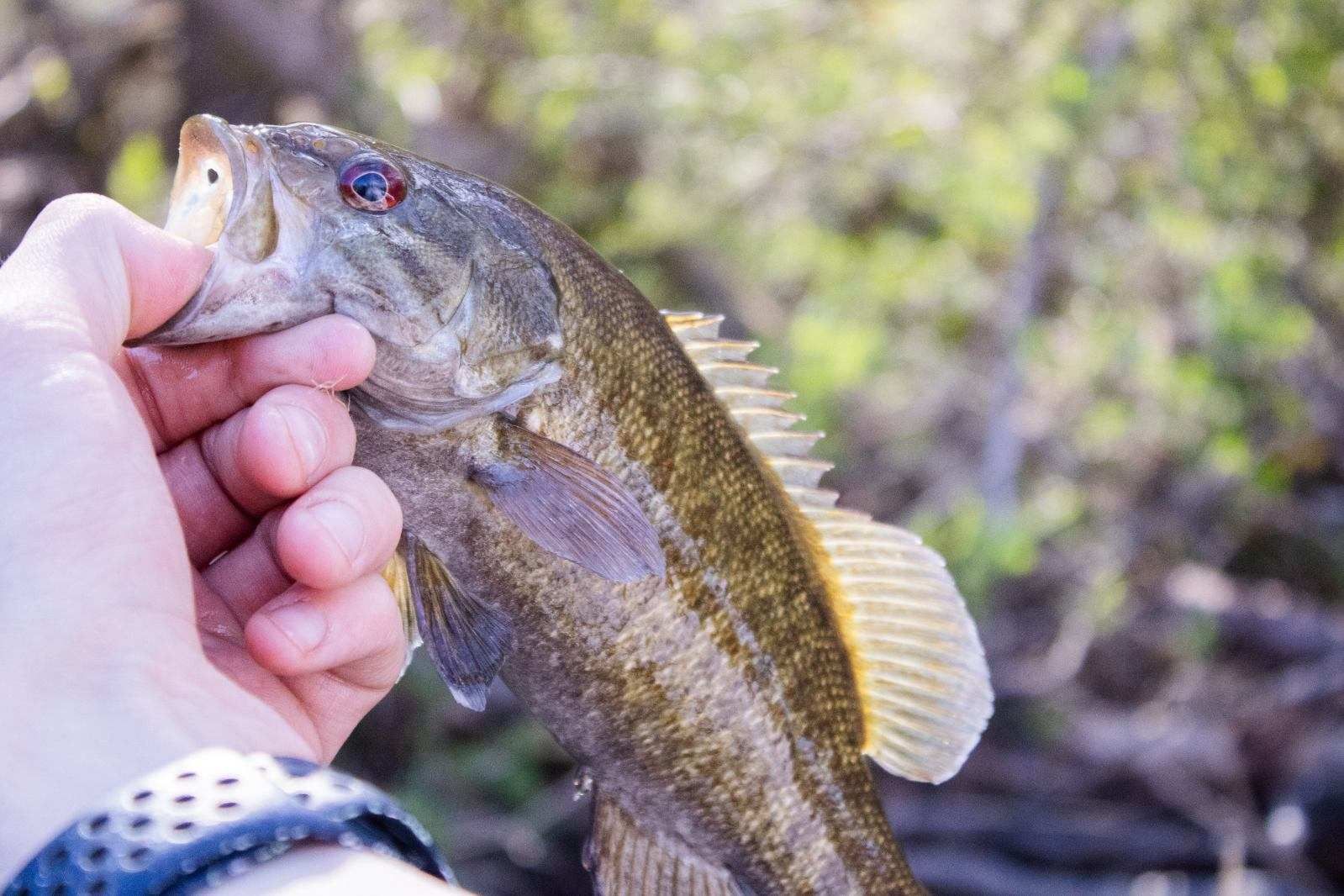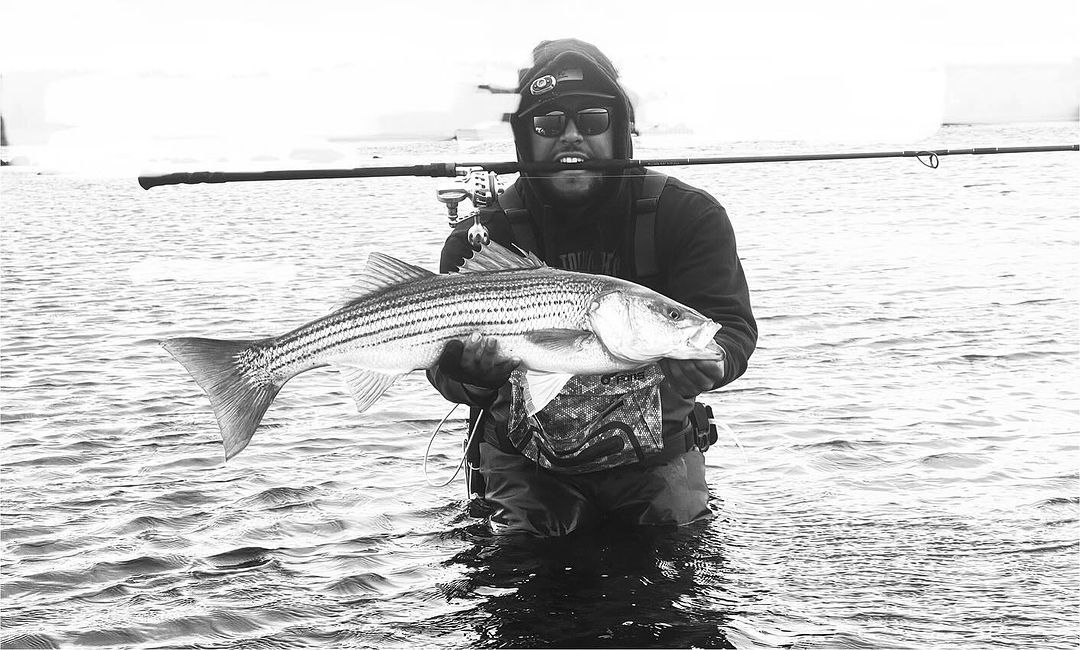
8 Tips to Choose the Right Fly for Different Types of Fish !
Fly fishing is an art that requires careful consideration of many factors, and one of the most crucial is selecting the right fly. The right fly can make all the difference between a successful fishing trip and a frustrating day on the water. Here’s a guide to help you choose the right fly for different types of fish.
1. Understand the Basics
Before diving into specifics, it’s essential to understand the basics of fly selection. Flies are designed to imitate the natural food sources of fish, including insects, baitfish, and crustaceans. Flies generally fall into three categories:
- Dry Flies: Float on the water surface.
- Nymphs: Subsurface flies that imitate larval stages of insects.
- Streamers: Imitate larger prey like baitfish and leeches.
2. Trout
Trout are one of the most popular targets for fly anglers, and they can be selective feeders. Here are some tips for choosing the right fly:
- Dry Flies: Match the hatch by observing the insects present on the water. Popular choices include Adams, Elk Hair Caddis, and Blue Winged Olive.
- Nymphs: Pheasant Tail, Hare’s Ear, and Prince Nymphs are effective choices for subsurface fishing.
- Streamers: For larger trout, try Woolly Buggers, Zonkers, and Muddler Minnows.
3. Bass
Bass are aggressive predators and can be targeted with a variety of flies:
- Poppers: Bass love surface action. Use poppers that create a lot of noise and movement to attract attention.
- Streamers: Clouser Minnows and Deceivers are great for mimicking baitfish.
- Nymphs: While not as commonly used, larger nymphs like the Hellgrammite can be effective, especially in rivers.
4. Panfish
Panfish, including species like bluegill and crappie, are great for beginners and are often found in abundance:
- Dry Flies: Small dry flies like Griffith’s Gnat and Foam Spiders work well.
- Nymphs: Bead Head Nymphs and small Woolly Buggers are effective.
- Streamers: Small streamers that mimic minnows can be very successful.
5. Salmon and Steelhead
These powerful fish require durable flies that can withstand their strength:
- Dry Flies: Larger dry flies like the Bomber can be used, especially for Atlantic salmon.
- Nymphs: Stonefly nymphs and egg patterns are common choices.
- Streamers: Intruder flies, Spey flies, and egg-sucking leeches are highly effective.
6. Saltwater Species
Saltwater fly fishing targets a wide range of species, each requiring specific flies:
- Bonefish: Use flies that imitate shrimp and small crabs, such as the Crazy Charlie and Gotcha.
- Tarpon: Larger streamers like Tarpon Toads and Black Death work well.
- Striped Bass: Clouser Minnows and Half and Halfs are go-to patterns.
7. Seasonal Considerations
Fish behavior changes with the seasons, affecting their feeding habits:
- Spring: As insects hatch, dry flies and nymphs become highly effective.
- Summer: Fish often seek deeper, cooler water. Streamers and nymphs fished deep can be effective.
- Fall: Fish are often more aggressive, stocking up for winter. Larger flies and streamers can be very successful.
- Winter: Fish are less active and may feed less frequently. Smaller nymphs and slow-moving streamers can still entice bites.
8. Local Knowledge
Local fly shops and fishing guides can provide invaluable insights into the specific patterns and techniques that work best in your area. Don’t hesitate to ask for recommendations and advice.
Choosing the right fly involves understanding the fish you’re targeting, the environment you’re fishing in, and the current conditions. By considering these factors and using the right flies, you’ll increase your chances of a successful and enjoyable fishing experience.
For the best gear to accompany your fly fishing adventures, check out 8Fans fly fishing combo. Our high-quality rods, reels, and lines are designed to help you make the most of every fishing trip.

